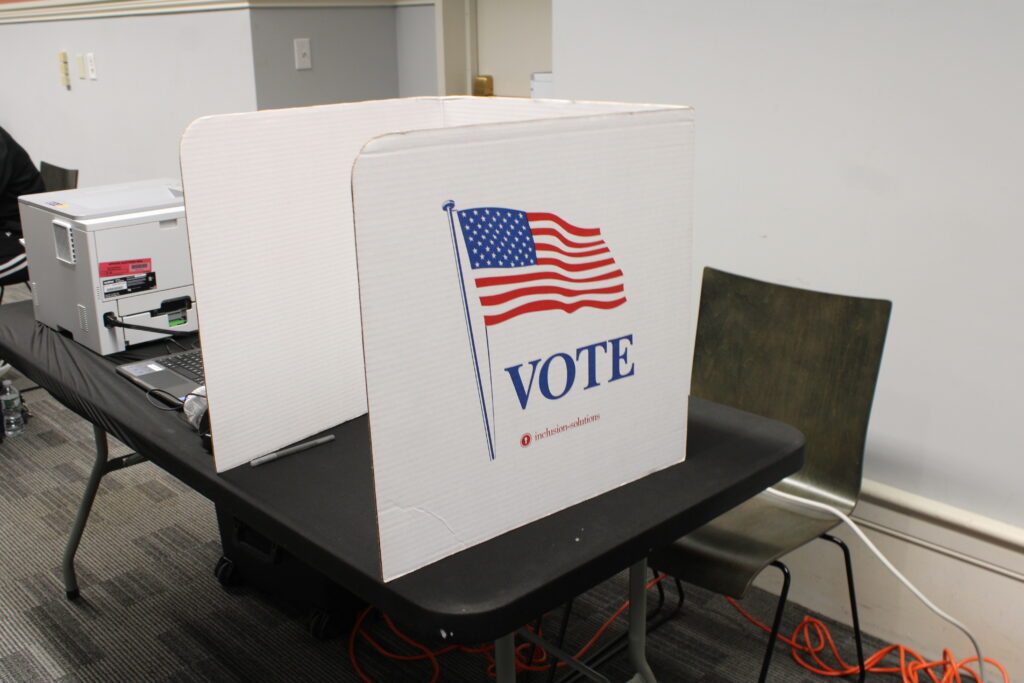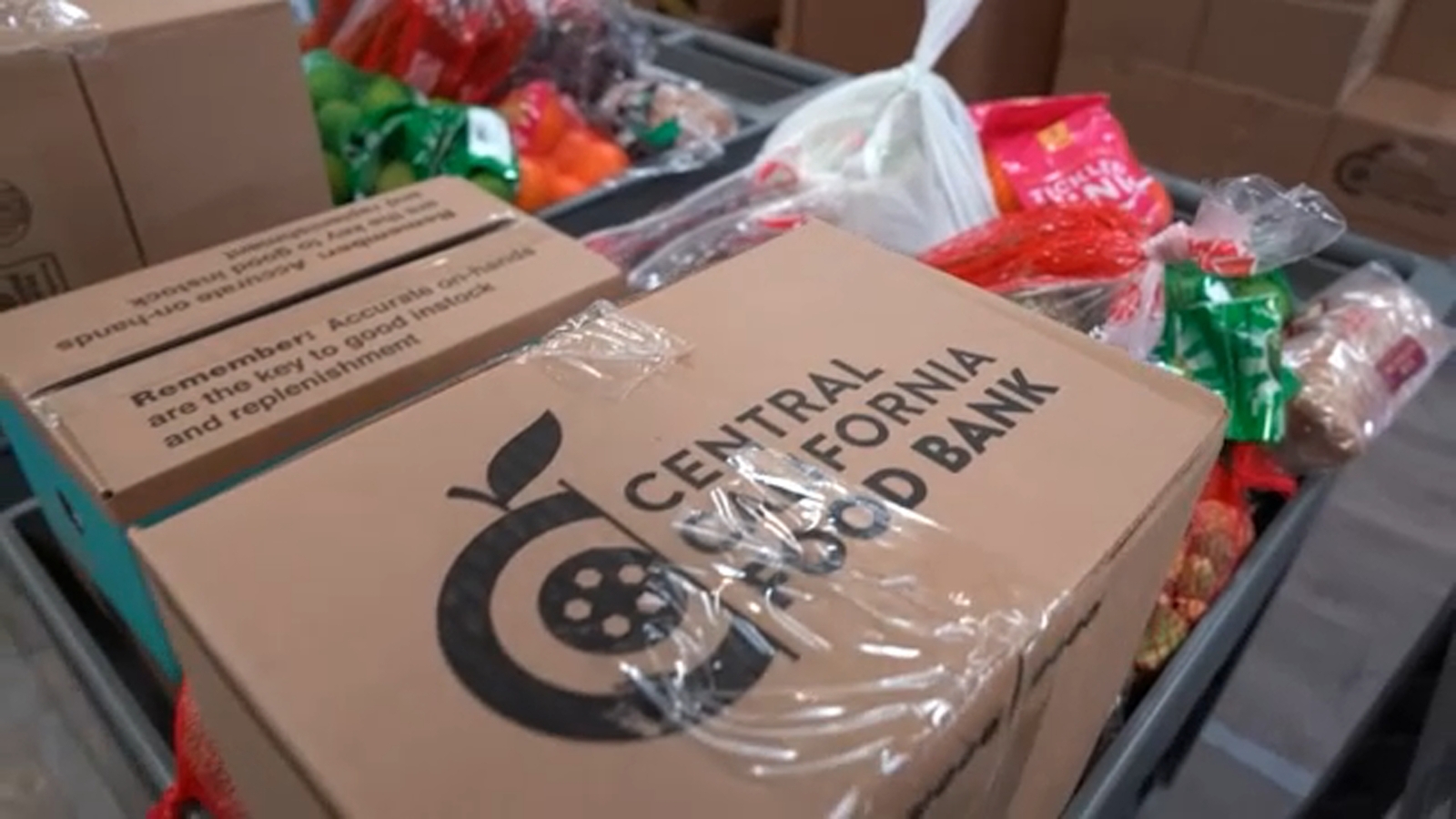UPDATE: New Haven’s municipal election cycle is unfolding with surprising quietness as only a handful of contests draw attention, raising concerns about voter engagement. With just seven of 30 alder seats contested and 928 early ballots cast as of Thursday, the atmosphere contrasts sharply with the intense focus on New York City’s mayoral race.
Political experts highlight that this election is the first in which New Haven residents can vote early, but the response has been tepid, with only 928 early voters recorded by the city’s Registrar of Voters. The October 2023 election marks the last time voters will select candidates for two-year terms before a charter change alters the electoral landscape.
“This race is pretty low-key,” noted Douglas Rae, a political scientist at Yale, emphasizing that incumbent mayor Justin Elicker faces minimal threat from Republican challenger Steve Orosco. Rae added, “Elicker is a comfortable incumbent. A mayor has got to really screw up to make it worthwhile to defeat him.”
Turnout has historically mirrored the competitiveness of the mayoral race. In 2019, nearly 30 percent of eligible New Haveners voted when Elicker unseated former mayor Toni Harp. However, this figure dropped to 23 percent in 2021 and rose slightly to 24.5 percent in 2023 against Tom Goldenberg, who ran on both Republican and Independent lines.
Despite an increase of more than 17 percent in active voters—now at a decade-high of 61,764—the enthusiasm appears absent. Patricia Rossi, president of the New Haven League of Women Voters, cited a lack of competitive races as a primary reason for low turnout. “None of the races are considered particularly competitive,” she stated.
The seven contested alder races mirror the competition levels from 2023, with three incumbents facing challengers and four open contests across various wards. However, candidate engagement remains subdued, according to Leslie Radcliffe, a civic leader aiding Republican candidate Miguel Pittman in his challenge against Ward 3 Alder Angel Hubbard.
Radcliffe pointed out the pervasive apathy among voters, saying, “People don’t understand what’s at stake in municipal elections.” She stressed that local officials significantly influence daily life, from public parks to street maintenance.
Other Connecticut cities have experienced even lower turnout. In the 2023 municipal election, less than 20 percent of registered Bridgeport voters and 13.7 percent in Hartford participated, while suburban areas like New Canaan and Greenwich exceeded 50 percent. Rossi attributes this discrepancy to the accessibility of polling places, with urban areas often presenting greater challenges for voters without cars.
New Haven’s political vibrancy has dwindled over decades. Radcliffe recalls a more robust political culture in the 1960s and 1970s, noting that the decline began in the 1980s. Rae added that the last significant challenge to Democratic control occurred just after World War II, with the last Republican mayor, William Celentano, leaving office in 1953.
While the election may seem uneventful, critical issues like housing, gentrification, and local development simmer below the surface. Rae pointed out ongoing debates regarding zoning regulations that could reshape the downtown area, yet these discussions lack public enthusiasm.
Rossi emphasized the pressing concerns that resonate with residents, including taxes, public safety, housing, and education management. Meanwhile, looming over the election is the influence of former President Donald Trump. Elicker’s campaign has focused on contrasting his values with Trump’s, framing his leadership as a stand against the former president’s policies.
As New Haveners prepare to head to the polls, local leaders urge them to recognize the importance of their vote. “If you don’t vote, they don’t know what you think,” Rossi warned, highlighting the pivotal role each ballot plays in shaping community priorities.
As the election date approaches, the question remains: will voter turnout increase, or will New Haven’s political landscape continue to reflect a sense of inevitability? Stay tuned for the latest updates on this developing story.







